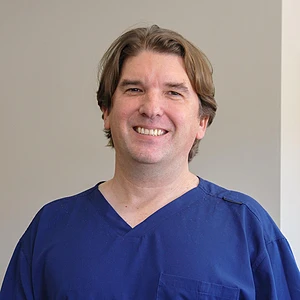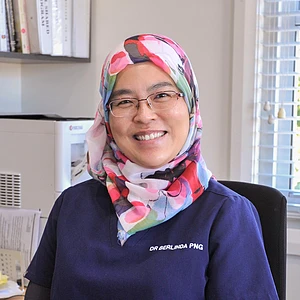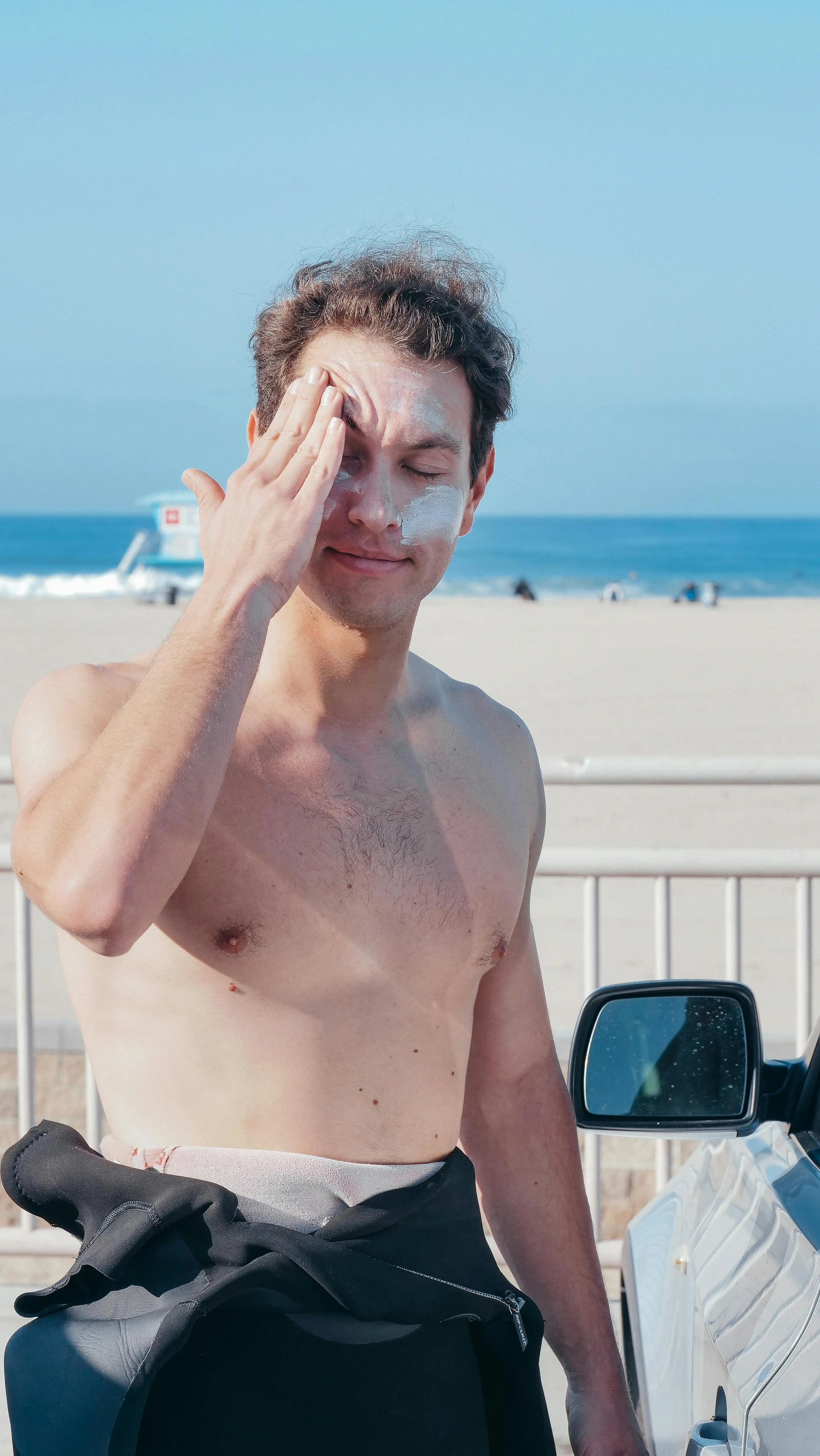

Skin Check Clinic
Our clinic provides professional skin examinations, advice on self-checks, and follow-up treatment when needed.
Do you protect your skin?
Do you check your skin?
Australia has the highest rates of melanoma in the world so it’s important to get regular skin checks. At your next visit, ask your GP how often you should perform self-checks and what you should look out for.
If you notice changes in your skin, you’ll need to book-in for a professional check.
Melanoma in Australia
The good news is that melanoma is often identifiable at an early stage where simple treatment can result in a complete cure.
Australians are diagnosed with some form of skin cancer by the age of 70.
Melanoma is the third most common cancer in Australia, with a death every five hours due to melanoma.
Risk Factors
There are many risk factors that increase the chances of melanoma, including:
- fair skin
- high mole count
- family history
- pattern of sunburns throughout life, especially during childhood.
Prevention and Self-Checks
Try to become familiar with the look of your skin, so you can pick up any changes that might suggest a skin cancer. Look for:
- any crusty, non-healing sores
- small lumps that are red, pale or pearly in colour
- new spots/freckles or moles changing colour, thickness or shape over a few weeks or months.
If you notice a strange new mole on your skin or an old mole that’s started changing, it’s important to see your GP right away. Some people at higher risk require regular, planned skin assessments.
Skin check consultations are available with all GPs.
Diagnosis and Treatment
Your GP will conduct a skin check using a magnifying instrument called a dermoscope. If they find anything concerning, they may recommend cryotherapy or other non-surgical treatments, or biopsy or referral to a dermatologist. You will need to make a subsequent appointment if surgical treatment is required.

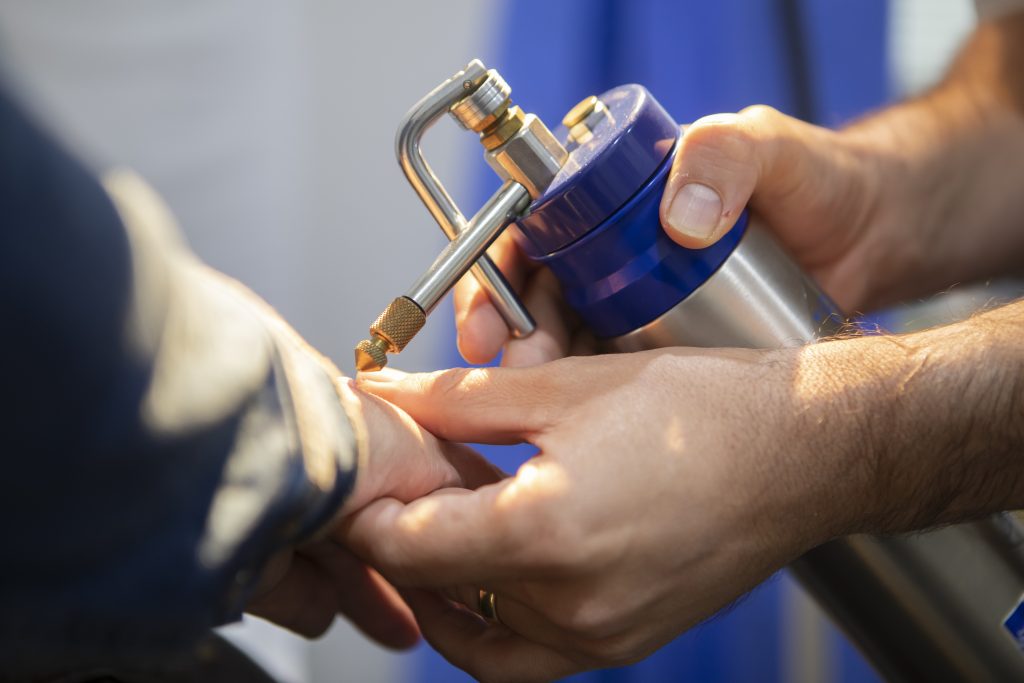
The Doctors
Some of our GPs have a special interest in skin cancer and have done additional training.
Dermatology Paediatrics Men's health
Women's health Children's health General medicine Chronic condition management Older adult health Skin cancer medicine
Paediatrics Dermatology Men's health Chronic condition management Travel medicine
Skin cancer medicine Men's health Paediatrics Adolescent health
Make an appointment for a skin check
Skin check appointments are available with all GPs.
Book online or contact reception to schedule your visit.
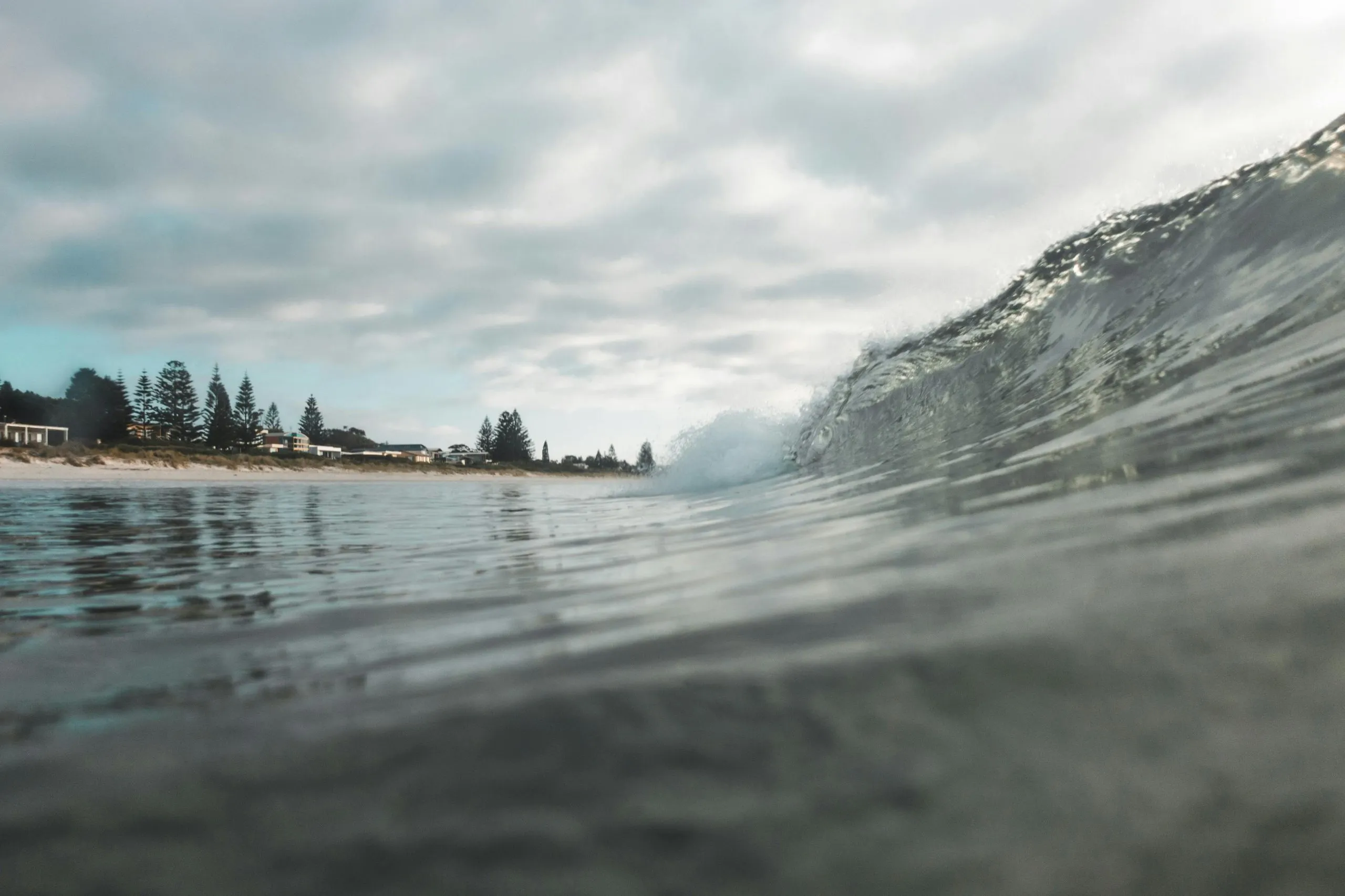
More information
Get in Touch
We are here to assist you with your needs.
Opening Hours
Monday to Friday
8am — 6pm
Saturday
8am — 12pm
Sunday
Closed

